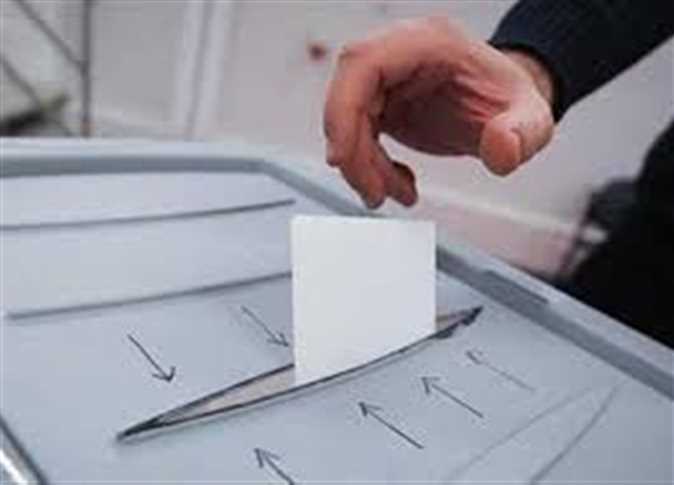The ruling National Democratic Party (NDP) announced last week that it will field 780 candidates for 508 seats in November’s parliamentary elections. The announcement–which came on the deadline for parties to submit their candidate lists to the High Elections Committee–means the NDP will run more than one candidate in about 60 percent of the electoral districts.
The decision, unprecedented in electoral politics anywhere, came as a surprise to all observers. Political parties normally field one candidate per seat in order to ensure victory in as many districts as possible. Since running multiple candidates for the same seat carries the risk of vote splitting, parties usually avoid such practices so as not to benefit their rivals.
Why, then, would the NDP choose to adopt such a strategy? There are several possible reasons for this seemingly irrational move.
For one thing, it looks like the NDP leadership is too weak to enforce party discipline. It tried in the 2005 elections, but party members who did not win the NDP’s official nomination ran instead as independents, with many of them defeating official NDP candidates. After promising to oust any party member who competed with an official candidate, the NDP leadership was compelled to invite defectors to re-join the party in order to preserve its decisive two-thirds majority in parliament.
Having learned its lesson in the 2005 elections, the NDP leadership pursued a new tack this year: It forced would-be candidates to sign a pledge not to run as independents should they not make the official party slate. The selection process that ensued was conducted with the secrecy of wartime military planning. NDP leaders arranged with the Ministry of Interior–the real administrator of elections–to submit the party’s official candidate list in the final minutes before the deadline, thus ensuring that spurned NDP members would be unable to file for candidacy even if they wanted to.
Having been gradually weakened by power struggles, corruption and factional and family loyalties, NDP leaders knew that angry reactions to their candidate choices could be more than they can handle. To avoid such outrage, they decided to let the 28 November elections determine who would represent the NDP in parliament. Attempting to justify this move, an NDP spokesperson praised the decision on the basis that candidates’ popularity will determine whether or not they win a seat.
The problem, as NDP members know better than others, is that election results are determined by a host of factors that have little to do with the ballot box, the most important being the control exercised by administrative and security bodies over the process. Even if these bodies take an impartial stance toward all NDP candidates, the prize will go to the strongest ones—that is, the candidates best able to deploy money, factional and family loyalties, and violence to their advantage. This all but guarantees unprecedented levels of violence in the elections, with most of the victims being supporters of competing NDP members.
There is another way, however, to interpret the NDP's strategy: The party leadership’s inability to select one candidate for each district is symptomatic of a failure, within the ruling elite, to reach a consensus on President Hosni Mubarak’s successor. Since the chosen individual may run in next year’s presidential elections or stand in exceptional elections if Mubarak is unable to run or complete his new term, his selection has become all the more pressing.
Two weeks ago, I wrote that the battle between spurring factions within the regime over Egypt’s next president will play out in struggles between opposing NDP candidates in the parliamentary elections. I warned that this battle may be much fiercer and bloodier than inter-party competition in the elections and predicted that it will determine how the NDP's 80 percent majority in parliament–pretty much a given–will be allocated.
It’s impossible to separate the coming parliamentary elections from the 2011 presidential race. The NDP’s latest decision to have multiple candidates compete over single seats means the internal party battle has moved from "behind the scenes" to the front lines of elections. The Egyptian parliament is the sole avenue to candidacy in the presidential elections, whether via the leadership of parties represented in the assembly or independents who are capable of marshaling the support MPs as well as Shura Council and municipal council representatives. For the ruling regime, then, the political and security stakes of this month’s parliamentary elections are enormous. With such importance attached to these elections, they are bound to witness a great degree of administrative and security interference, as well as social unrest and police violence.
From the regime’s point of view, it's not enough to secure an overwhelming parliamentary majority for the NDP. The party allegiance of the NDP members who will occupy these seats must be absolute—there can be no room for shifting loyalties should unexpected political developments arise. Since factions within the ruling regime are still unable to agree on a successor, each one will use all available means to ensure the success of its chosen NDP candidate.
A writer in Al-Masry Al-Youm Arabic Edition recently asked: "Can a party that is incapable of selecting one parliamentary candidate per seat choose one candidate for president?" The question that follows and which is perhaps more important is how much will Egypt have to sacrifice until factions within the NDP are able to agree on that candidate?
Bahey el-din Hassan is the director of the Cairo Institute for Human Rights Studies. His column appears every Monday.




